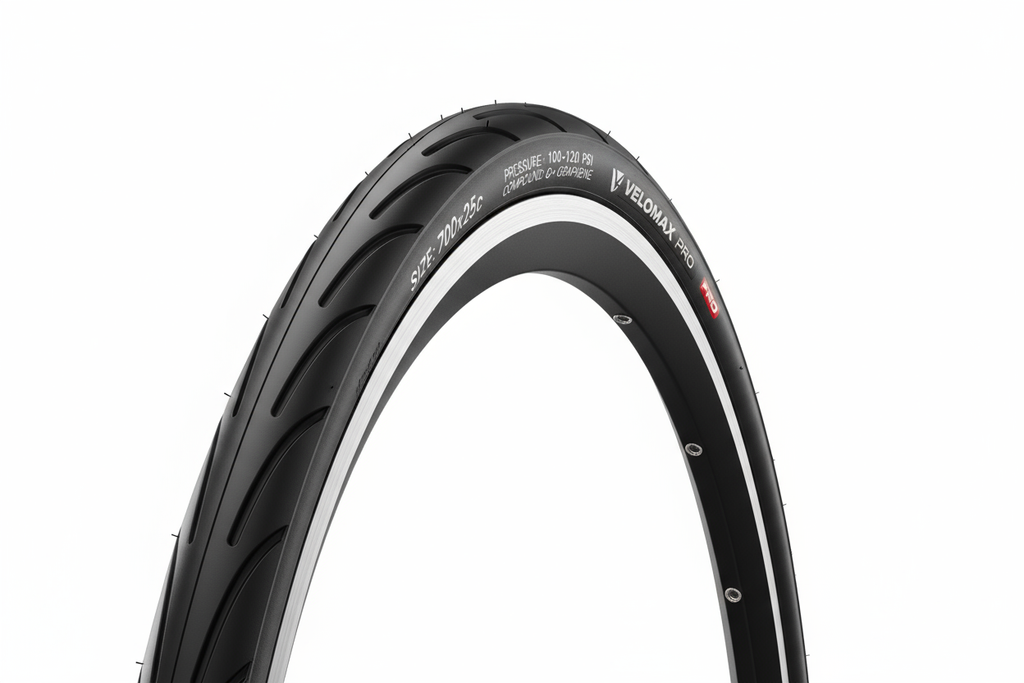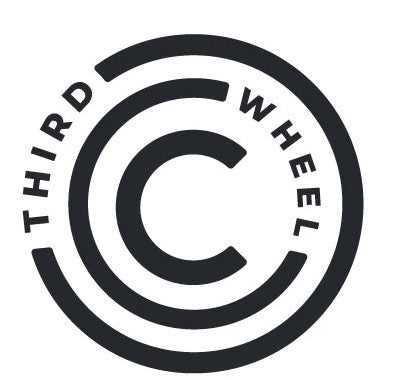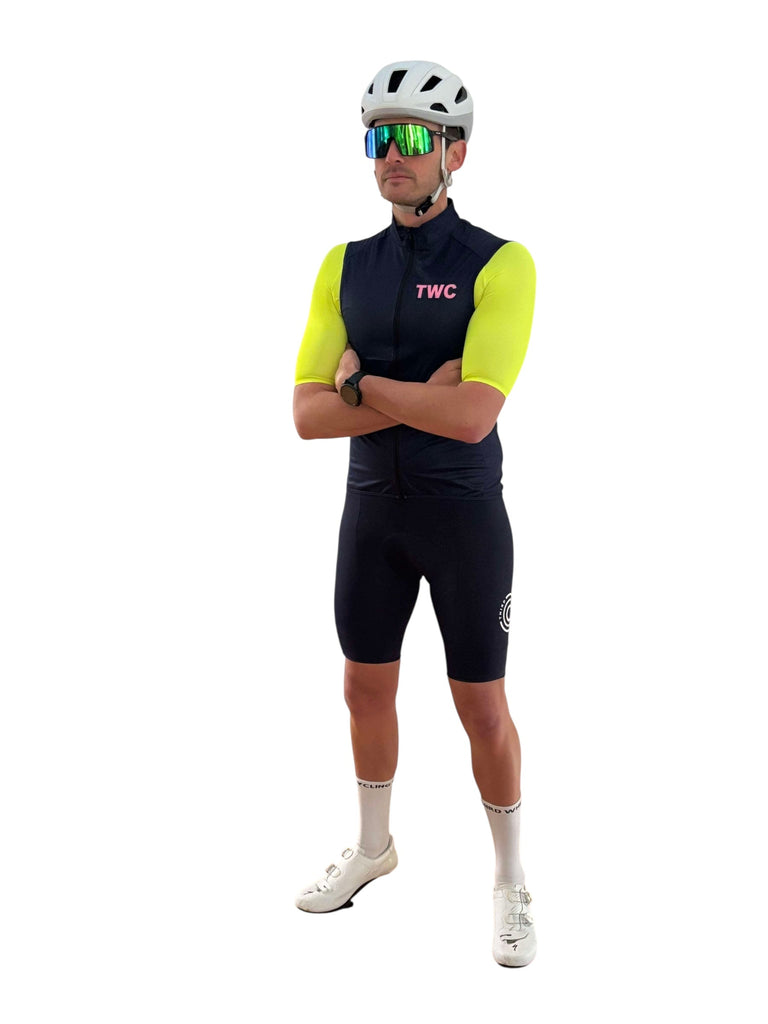
Why Tire Width Matters More Than You Thought

For years, road-bike tire sizing has been something of a reflex: “700×25 c? Sure, that’s what everyone uses.” But the article makes it clear: wider tires are no longer niche—they’re shaking up road cycling.
The headline: wider = more comfort, better control, and often faster. That may surprise the lightweight purists, but the data and real-world testing back it up.
What the Test Showed
Lead tester Tara Seplavy mounted the same tire model (from Schwalbe’s Pro One line) across sizes: 700×25c, 28c, 30c, 32c, 34c and even 38c. They used consistent rims (about 22–23 mm internal width) to reduce variables.
Key findings:
- Wider tires (30–32–34 c) offered noticeably smoother rides on rougher pavement and better cornering traction.
- The narrow 25 c size? It felt more harsh; the rider felt more road-buzz and less control in corners.
- Going up to 38 c felt fantastic from a comfort/control perspective but ran into fitment issues (frame/fork clearance) and a small penalty in acceleration and bottom-bracket height.
What It Means For You
- If you’re riding 25-mm tyres, you’re leaving comfort—and probably speed—on the table. The weight penalty for going wider is minimal (in the testing, single digits or low tens of grams) but the upside is big.
- Check your bike’s clearance. Wider tyres only help if your frame/fork/rims can handle them. The article flags you must measure: allow ~4 mm clearance each side, and check chainstays, seatstays, front-derailleur clearance etc.
- Rim width, tyre pressure and real measured width matter. A “700×30 c” label doesn’t guarantee it measures 30 mm on your rim. Some tyres labelled 28c measured 30+ mm when mounted.
- Tire pressure is a massive lever. One of the biggest gains you can get (lowest hanging fruit) is dialing correct pressure for your width, weight, and road surface. The article calls it “low-risk, high-reward.”
-
Performance hierarchy (roughly):
- If your bike can accept 32–34 c tyres: that’s likely “sweet spot” for balance of performance and comfort.
- If you’re stuck at 25c or 26c because your bike is old or clearance is tight — upgrade when you can.
- If your bike has very generous clearance and you ride rough surfaces a lot (or you just like plush feel) — go 38c or more if you accept the trade-offs (weight, possibly slower acceleration, changed handling).
Here’s what I’d suggest:
- Check your current road bike’s clearances: rim internal width, fork and frame stays, front derailleur area. If you can fit 30-32 c tyres without rubbing, that’s a go.
- If you currently run 25 c: shift up to a 30 c or 32 c model. The benefit will be real—more comfort (so you ride longer/harder), better control—without losing much speed.
- Choose a tyre that’s well rated, check its real measured width on your rim if you can; ask your local pro shop to measure for you.
- Dial your tyre pressure for the new width: lower than what you ran on the narrow tyre (because the wider tyre spreads the load better). You’ll feel the difference in the contact patch, cornering, vibration dampening.
- Ride it. If you don’t like it? You’re not stuck: swap back. But data suggests you’ll like it.
A Few “No-Sugar” Caveats
- If your bike is a race machine designed for minimal clearance (tight stays, aero frame), you may be limited. Don’t force tyres that rub. The article warns: I had <2 mm clearance with 38c and it buzzed the frame.
- If you ride super smooth roads, or your weight/ride style is extremely performance-oriented (sprint specialist on smooth tarmac), you might still prefer narrower tyres. But for most of us doing real roads, rough surfaces, commuting + weekend rides — wider wins.
- Wider tyres do add a little weight and raise the bottom-bracket height a tad (the article measured +11 mm when going from 25c to 38c) which changes feel.
- Make sure your bike fit (clearance, geometry) isn’t compromised by going wider. Riding sensations change a bit and you want your fit to still be optimal.
Wrapping It Up
In short: The “25-millimetre tyres because that’s what everyone did” era is over. If you ride a road bike in 2025 and beyond, you should either already have moved to 28 c-30 c or you should strongly consider doing so.
Unless you can’t fit more, there’s little reason not to. The improvements in comfort and control are real—and in cycling, control equals confidence, which equals performance.





